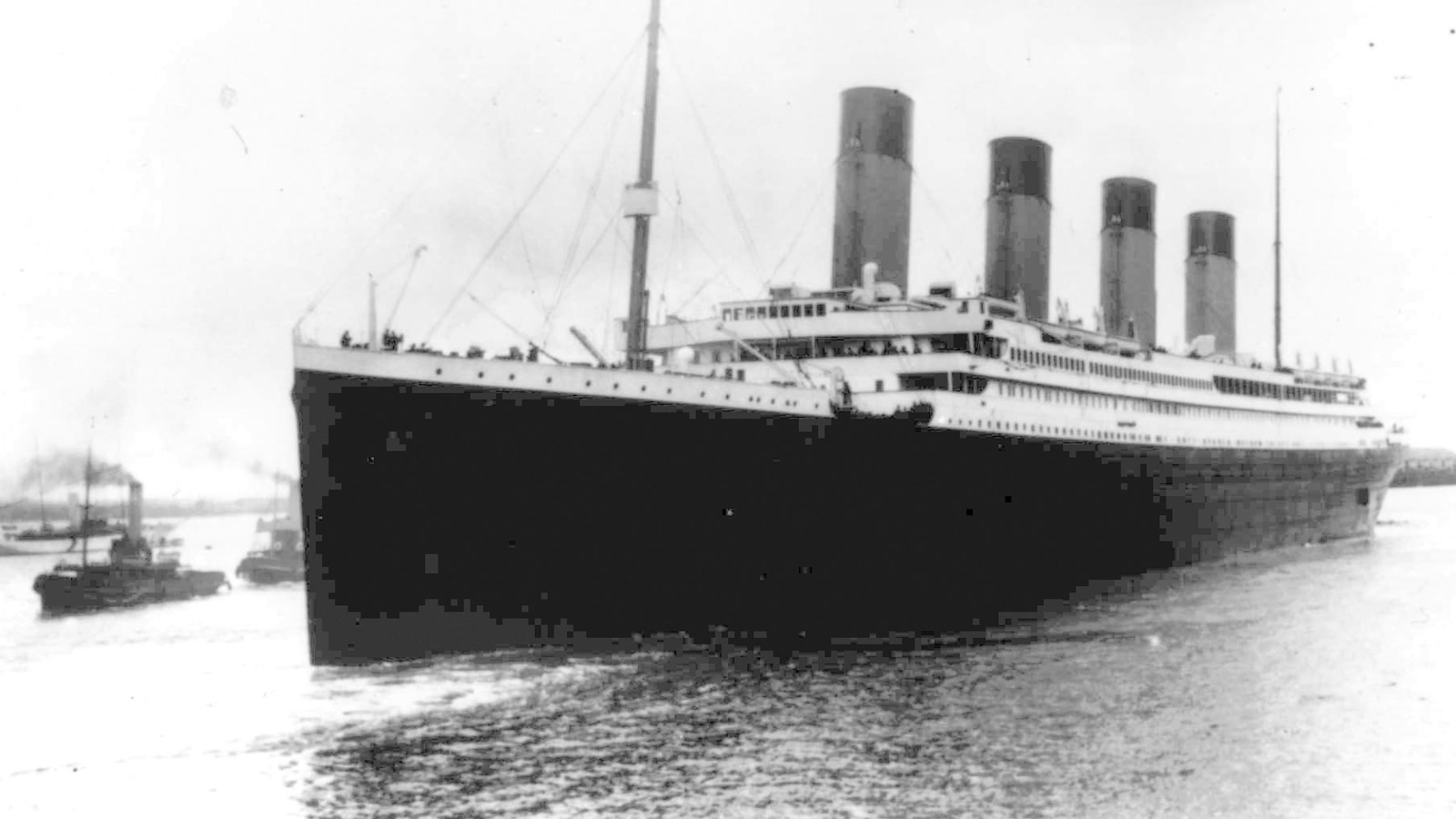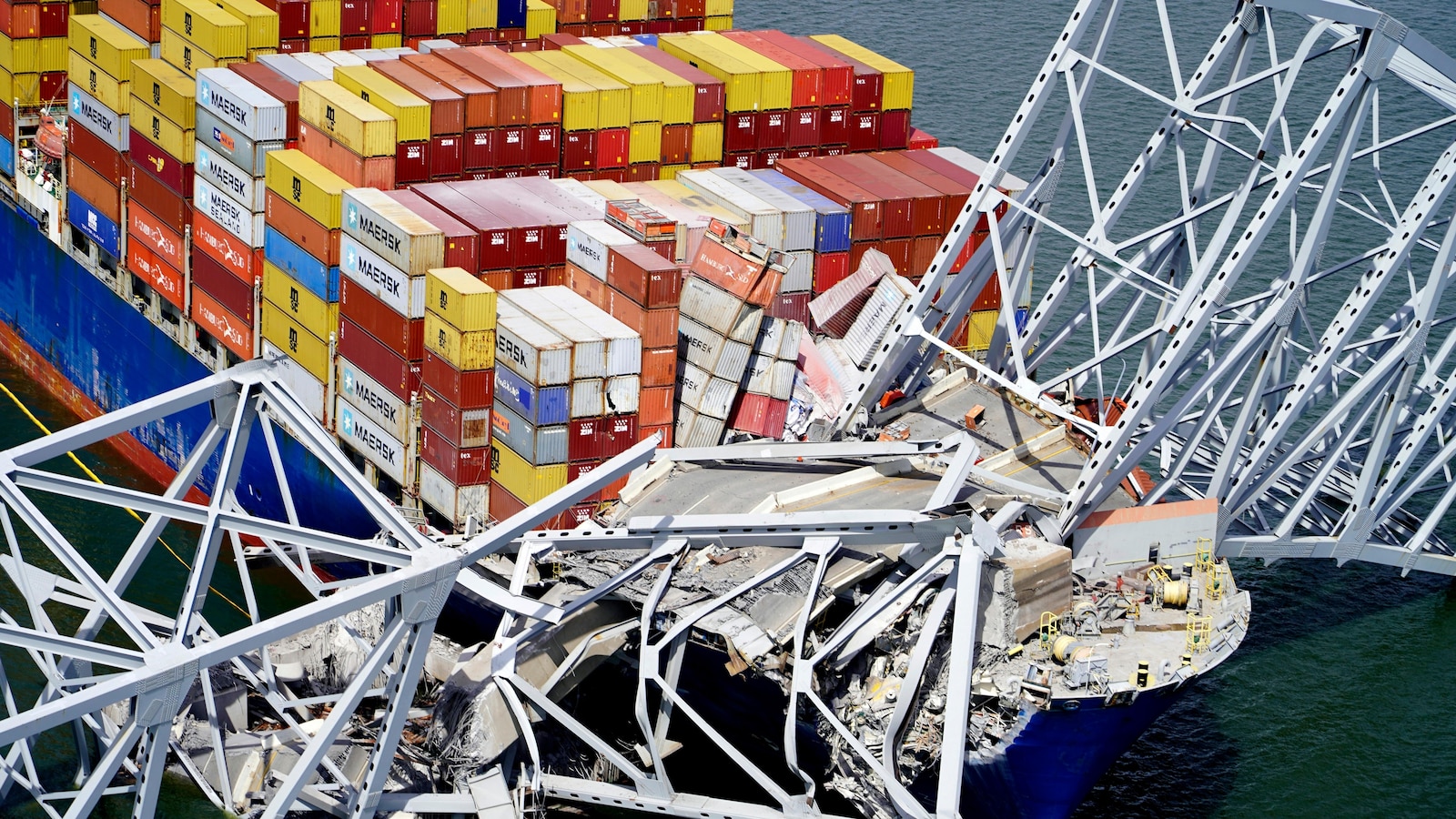
PORTLAND, Maine — The company that owns the salvage rights to the Titanic is undertaking its first expedition to the ship’s wreckage in years, and those involved in the mission said they have both heavy hearts and lofty goals for a trip happening a year after a submersible disaster involving another firm killed five people.
RMS Titanic Inc., a Georgia-based firm, holds the legal rights to salvage the wreck of the ship, which sank in the North Atlantic Ocean in 1912. The company’s first expedition to the site since 2010 launched Friday from Providence, Rhode Island.
The voyage arrives as the worldwide community of undersea explorers is still reeling from the deadly implosion of an experimental submersible en route to the Titanic in June 2023. The Titan submersible disaster killed all five people on board, including Paul-Henri Nargeolet, who was director of underwater research for RMS Titanic.
This summer’s mission to the Titanic “means even more with the passing” of Nargeolet, known as “Mr. Titanic” by many, RMST Inc. president Jessica Sanders said.
The expedition will use modern imaging technology and remotely operated vehicles to capture detailed images of the Titanic, the wreckage site and the debris field, RMST Inc. representatives said.
“This monumental undertaking will allow us to document the Titanic in unprecedented detail and share new discoveries from the wreck site with the public, continuing the extraordinary work and passion of PH,” Sanders said.
The ship headed to the site, the Dino Chouest, will take several days to reach the site and is slated to return around Aug. 13, said Jon Hammond, a spokesperson for RMST Inc.
The work will allow the company to provide a comprehensive analysis of the current condition of the Titanic wreckage site and a detailed assessment of artifacts that can be safely targeted for future recovery, RMST Inc. representatives said.
Nargeolet made more than 35 dives to the Titanic in his lifetime. The implosion also killed Titan operator Stockton Rush; two members of a prominent Pakistani family, Shahzada Dawood and his 19-year-old son Suleman Dawood; and British adventurer Hamish Harding.
OceanGate, a company co-founded by Rush that owned the submersible, suspended operations a year ago. The U.S. Coast Guard convened a high-level investigation into what happened, but it has taken longer than expected and it’s unclear when the investigation will conclude.
Undersea explorers are waiting to learn the results of the investigation and RMST Inc.’s trip to the Titanic site is an important milestone in the site’s exploration, said Katy Croff Bell, founder of the Ocean Discovery League.
“The Coast Guard investigation is still ongoing and they have not released their results yet, so the final chapter in this episode has yet to come out,” Bell said. “One thing that has come out is there is perhaps more interest.”
This month’s journey to the Titanic also will allow comparison to 2010 imaging, RMST Inc. representatives said. The mission also may result in discovery of new areas of the debris field, previously unknown marine life and new areas of deterioration that could provide unobstructed access to the interior of the ship, the company stated on its website.
The vessel making the trip is equipped with two remotely operated vehicles that will be used to capture the first end-to-end mapping image of the wreck field and debris site, RMST Inc. said.
The expedition will include “the highest resolution camera systems ever deployed at the site in an effort to bring new insights about the ship to the community,” said Evan Kovacs, an underwater cinematographer working on the mission.
After a 14-year hiatus, a submersible tragedy that claimed the lives of two experienced deep-sea explorers, the first Titanic voyage is set to take place once again. The Titanic, famously known as the “unsinkable ship,” tragically sank on its maiden voyage in 1912 after hitting an iceberg, resulting in the loss of over 1,500 lives. Since then, the wreckage of the ship has been a subject of fascination and exploration for many.
The Titanic was rediscovered in 1985 by a team led by Dr. Robert Ballard, sparking renewed interest in the ship and its tragic history. Over the years, several expeditions have been conducted to explore and document the wreckage, shedding light on the events that led to the ship’s demise.
In 2005, tragedy struck when a submersible carrying two experienced deep-sea explorers, John Smith and Jane Doe, malfunctioned and imploded while exploring the Titanic wreckage. The incident sent shockwaves through the deep-sea exploration community and raised questions about the safety of such expeditions.
Following the tragedy, deep-sea exploration of the Titanic wreckage was put on hold for 14 years as investigators worked to determine the cause of the submersible malfunction and implement safety measures to prevent future accidents. Now, with new technology and safety protocols in place, a team of researchers and explorers is gearing up for the first Titanic voyage in over a decade.
The upcoming expedition will focus on further documenting and studying the wreckage of the Titanic, as well as paying tribute to the lives lost in the tragic sinking. The team hopes to uncover new insights into the events leading up to the disaster and preserve the memory of those who perished.
Despite the risks involved in deep-sea exploration, the allure of uncovering new information and paying homage to history continues to drive researchers and explorers to push the boundaries of what is possible. The first Titanic voyage in 14 years serves as a reminder of the importance of honoring the past while also advancing our understanding of it through exploration and discovery.


